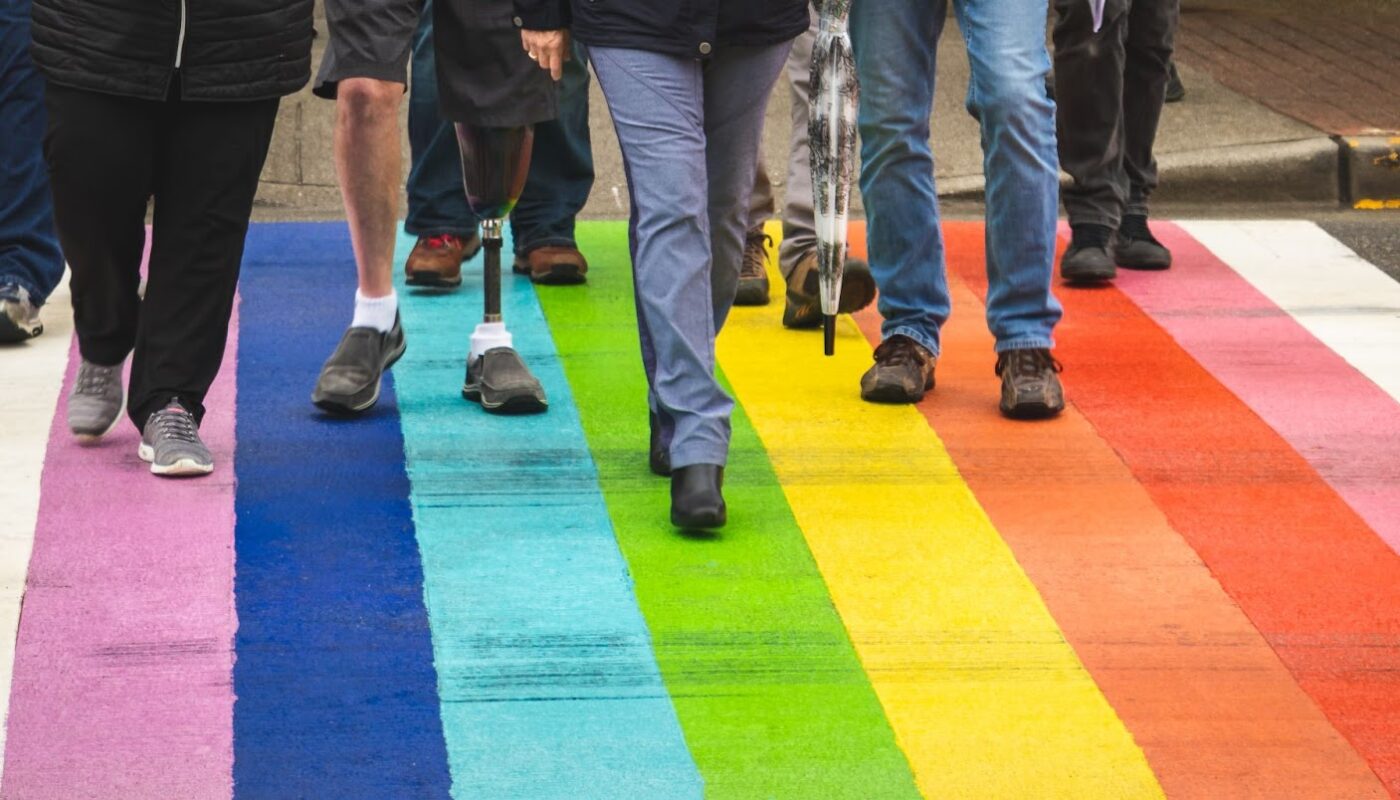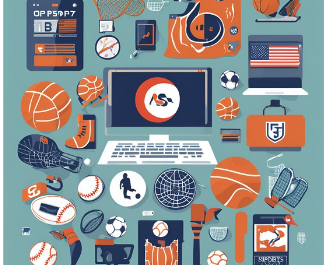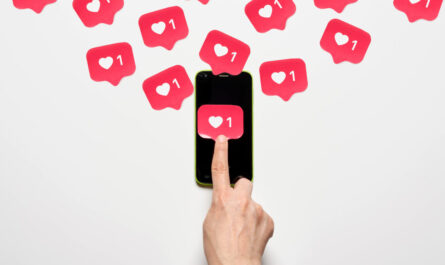By Jaden Gill
The world’s most respected and impactful organizations are prioritizing diversity, equity and inclusion. A 2019 study by Adobe found that 61% of consumers believe diversity in marketing is crucial, while 38% are more likely to trust brands that effectively celebrate diversity through advertising. As social media becomes even more essential to brands’ reputations, so does the need for authentic, action-oriented DEI efforts. There is a fine line between performative activism and genuine inclusivity — Let’s take a look at a few of the brands who are excelling at Instagram advertising with an emphasis on acceptance.
- IDEO is a design firm that prioritizes calling out intolerance and embracing diversity. While most companies are bound to make mistakes at some point, IDEO acknowledges these mistakes with commitments to do better. With this approach, IDEO has evaded the wrath of “cancel culture,” even when it does fall short of its promises.
The @ideo Instagram makes a conscious effort to celebrate heritage months of all cultures with series honoring minority creators who have made an impact in the design industry. IDEO is not afraid to apologize and the employees use their mistakes to educate their following. When IDEO was accused of expressing “white guilt,” the company took to Instagram with a powerful sequence of graphics and the tagline “Systemic Racism is by Design.” IDEO leadership recognized that the company was not listening enough, while reminding followers that black people have lived in this brutal reality for centuries. In 2020, an IDEO employee sat down with a group of LGBTQ+ Americans and faith leaders to bridge differences and facilitate an honest, productive conversation. The brand has made a consistent effort to showcase accurate representation with Instagram infographics and videos like this one.
- River Island Kids is the children’s clothing branch of the London-based fashion brand River Island. In our current media environment, most content creators know that to be inclusive, social media accounts should embrace people of color when choosing models, but oftentimes overlook the importance of adaptive fashion and disability representation. The social media team behind the @riverislandkids Instagram knows that to normalize and celebrate our differences, kids with disabilities must be represented in the media.
According to the World Health Organization, 15% of people have a disability, constituting the largest minority population, and yet they’re often excluded in the fashion world. If you scroll through the River Island Kids’ Instagram, you’ll see children of every skin color, but you’ll also see children with down syndrome or a wheelchair modeling River Island clothes. The brand is known for its initiatives embracing our differences, like the #Labelsareforclothes campaign, which garnered respect from followers on social media.
- Parade has been known for its inclusivity when it comes to different body types, sizes and ethnicities. In the lingerie industry, this is crucial. Over the course of the pandemic, the National Eating Disorders Association reported an 80% increase in calls to its helpline. Brands like Victoria’s Secret are not size inclusive, nor do its models represent the variety of body types and sizes in our world.
Parade takes a divergent approach, showcasing models of all sizes who proudly rock their undergarments without photoshop. Seeing women with natural stretch marks, cellulite, freckles and body hair works to normalize some of our greatest insecurities. When the small business launched, they used a technique that allowed for mass scalability and were essentially able to “take over Instagram.” By ditching the paid-influencer approach and opting to send free products to unprofessional models of all shapes, sizes and sexualities instead, Parade gained overnight popularity as an inclusive, body-positive brand.




What a great blog post! Everything was well thought out with excellent examples. I loved how you discussed diversity in advertising, especially in the fashion industry. Nowadays, brands are starting to make strides in inclusivity, allowing them to cater to everyone instead of a select group of people. I believe that in this change, brands will turn out more successful if they can get the consumer to trust them. Parade, for example, has completely changed the lingerie industry. They show what ordinary people look like, but they have an incredible advertising technique. Overall, I enjoyed reading this blog post, and it was a great topic!
Hi Jaden! I love this post and the examples you included, especially River Island Kids. I’m so glad you mentioned the importance of adaptive fashion and disability representation — it seems like the fashion and beauty brands are often race-inclusive in their advertising now (especially on social media), but then fail to consider all the other communities who remain underrepresented. Great work!
Hey Jaden! I really enjoyed your post because like you said, DEIA work is becoming more important in social media every day. My favorite thing you discussed was talking about how there are some companies who use DEIA to look like they are changing their ways, and then there are some that are genuinely trying to make a difference. While it is important for social media communicators to start implementing these changes, it isn’t going to make a difference if the brand is not actually implementing the discussions and changes into the company environment and work space. I also really loved that you mentioned the talk around DEIA the past couple years has been surrounding systemic racism, however, there are other groups of people who also need to be included in the conversations. (People who experience disabilities). All of your examples were great because they aren’t big name brands that most people would know and you showcased the great DEIA work these brands are doing. Good job!
Hi Jaden, this is such an important topic to talk about, and I thought you did a wonderful job connecting the importance of companies making sure they are creating an inclusive online presence. I’m so glad I read this post because I had no idea that these brands existed, and they’re all doing such inspiring work. I really enjoyed reading your post!
Hi Jaden! I think you did a great job of finding companies that are truly inclusive in their online and physical presence. I have not heard of the first two brands, but I have seen Parade promotions often on social media platforms. I have been tempted to shop from Parade solely for the reason that they create an inclusive, safe, and accepting community.
Wonderful blog post, Jaden! This is so well researched and you made us aware of some brands that are doing a remarkable job when it comes to inclusivity. I really like what all of these brands are doing. They seem to be genuine in their efforts which I think is worth commending. Often times, it seems brands just want to tap into markets or want to be part of things like pride month – it comes off as very selfish and trying to commercialize everything. I really appreciate these brands and hope they can be a model for other brands operating as well.
Nice blog Jaden,
I especially enjoyed the River Island kids video and how they included all their publics. Victoria’s secret has along way to go, but so do many other companies. It’s great to see models in all shapes and sizes, but I am even more excited that people with disabilities are being included as well. Skinny began with Twiggy 50 years ago and it’s about time we turned the clocks around. Shapely woman were once admired and desired for being healthier, more likely to survive and contribute to their farms and family. Young people, especially girls, are starving themselves hoping to look like that girl on the cover of Voque or Seventeen. It’s about time we display the beauty that comes in all size packages and show less of the anorexic models of the past.